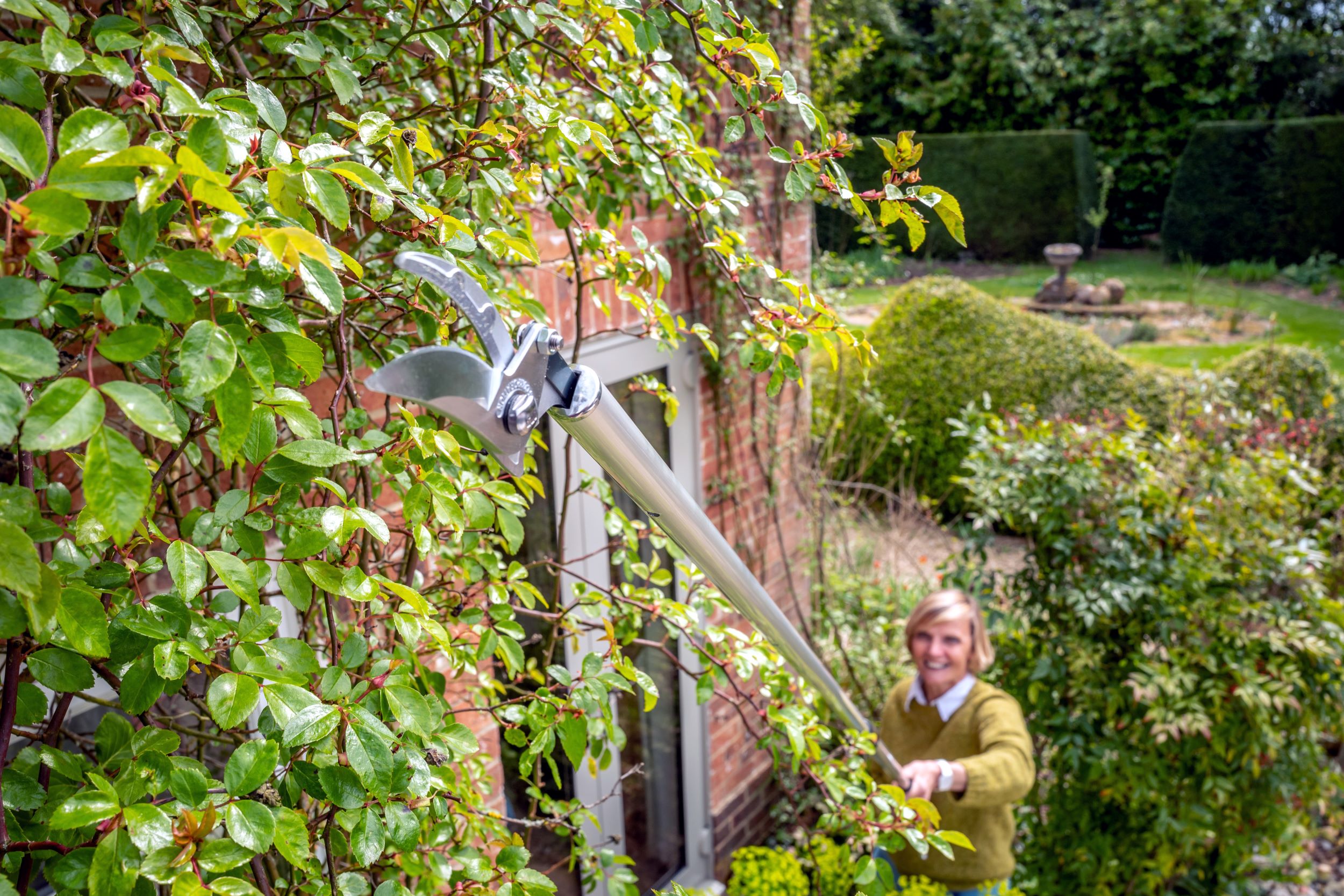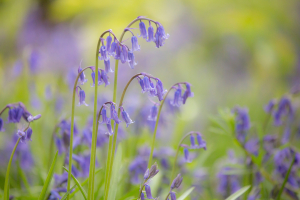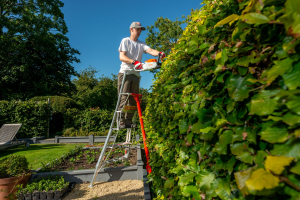Gardening Tools Maintenance: How To Clean Your Tools

We recently put together our top 10 essential gardening tools, a great guide for anyone new to gardening or if you’re looking to refresh your garden tool kit.
After a long day spent in the garden working through tasks like pruning, weeding, planting or mowing, the last thing on your mind would be to clean your tools.
But when you’re investing in the right, good-quality tools, you need to know the best practices for looking after them. This means knowing how and where to store them, and how to clean and maintain them.
Well-used garden tools will naturally pick up scratches and dents, and may start to rust and creak, but starting as you mean to go on will help keep them going for years.
This guide will cover:
- Garden Tool Maintenance
- Garden Tool Servicing
- How to sharpen garden tools
- How to clean rusty tools
- Where to store garden tools
Garden Tool Maintenance
The garden tools that require a little more attention are shears, pruners, secateurs and saws. If you invest right, looking after them will ensure they last for years and save you money on replacements.
Make it a priority to wipe clean the blades and dry them after each use. It doesn’t have to be a deep clean every time but enough to make them look shiny and new. For thick and stubborn residue (as such dried sap), look for a garden tool cleaner or use wire wool. This will prolong the life of your tools and help to avoid future rusting and creaking.
As well as cleaning the surface, you should also sanitise the blades to help prevent the spread of disease from one plant to another. Look for a disinfectant that isn’t going to harm your plants.
Using a multi-purpose oil will prevent rust from forming. Simply rub the oil onto the dry, clean blades with a cloth. If you’re using tools with wooden handles, rubbing the wood with oil will prevent it from drying and cracking.
Garden Tool Servicing
Sharpening blades, tightening up screws and bolts and sanding down any wooden handles are other maintenance chores that can help prolong the life of your tools.
Sharp blades make life easier in the garden and your plants will benefit from this, too. Sharp tools mean clean cuts which is essential to help with healthy plant regrowth and water runoff.
How to sharpen garden tools
Use a whetstone to sharpen your blades. Be sure to soak the stone in water or oil before use. Several long consistent rubs in one direction should leave your blade looking razor sharp, but make sure you follow the guidelines from each manufacturer. Refrain from over-sharpening or sharpening unnecessarily - sometimes a clean is all the blades need. If you are using your tools daily, try and sharpen them every few weeks.
How to clean rusty garden tools
If your garden tools have been a little neglected and have started to rust - good news, they can be saved! You may need a little elbow grease but they can be restored to a good working order at little expense - just don’t expect them to be looking brand new.
Here’s how to clean rusty garden tools:
- Scrape off any surface dirt.
- Soak the tools in a bucket of undiluted white vinegar and salt ensuring the rusted part of the tools are submerged. Leave for 24 hours to soak.
- Remove from the solution and use sandpaper, steel wool or a scouring pad and start scrubbing. For cleaning secateurs and smaller pruners, it’s important to get in all the small nooks and crannies.
- Once you’ve removed all the rust, dry them completely with a cloth.
- Liberally lubricate the tool with a multi-purpose oil and use a cloth to rub into the surface - this will help protect the blades from rusting in the future.
- Your tool is now ready to be used. Follow the cleaning guidelines after every use to prevent them from rusting again in the future.
Where should I be storing my garden tools?
Now that your tools are clean and serviced, store them in a dry and clean space. Outdoor sheds and garages are great places to leave your tools. Keeping tools inside will help protect them from all weather conditions.
Make sure that wherever they are stored is not prone to holding moisture and making your stationary tools damp. If possible, hang your tools off the floor and give them their own space. This allows them to air out and it makes it easy to locate them at the next use.
For the best organisation, look to add hooks and shelves or consider adding peg boards to keep your tools neat and tidy. Hanging your tools off the floor and giving them their own space will help to air them out and make it easy to locate them. It also makes more room on the floor for larger tools, such as mowers.
If you don’t have enough storage room for larger garden tools and equipment, look at storing them outside and covering them with a tarp. Check if they can be stored outside first, though, such as Henchman’s Tripod Ladders or wheelbarrows.
Whatever your storage solution, make sure your storage method is locked and secure.
Cleaning gardening tools - quick checklist
And there you have it! Our guide to keeping your tools clean and tidy, ready to tackle all kinds of garden projects.
If you’re about to head out into your garden and want to remember the key takeaways, here’s a quick checklist to help with your garden tool maintenance:
- Clean tools after every use and dry them thoroughly.
- Sanitise blades to prevent passing on disease.
- Sharpen often to make for easier use.
- Clean off any rust.
- Add oil to prevent rust and add a layer of protection.
Garden tools and accessories from Henchman
At Henchman, we help our customers far and wide create stunning gardens that are easy to maintain - especially with the right tools. Read our tools checklist to ensure that you have everything you need to get started, and then follow our handy tips above to keep them sharp and shiny. You can also browse our garden accessories here, as well as our renowned tripod ladders - perfect for keeping you safe when working at height.
If you have any questions about Henchman products, how to maintain them or store them, please get in touch with our team at 03333 444 229 or email info@henchman.co.uk



